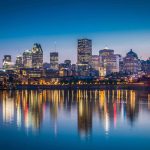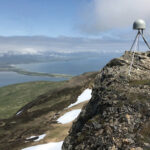Getting Galileo Back to Space
This year’s European Space Policy Conference in Brussels saw familiar faces talking about new and unfamiliar things. While Galileo continues to perform well, delivering an ever-widening range of services, the problem of how to get Galileo satellites into space has forced the Union to take unprecedented, forward-thinking and, for some, uncomfortable steps.
By Peter Gutierrez











